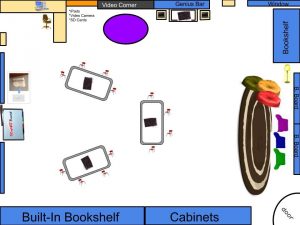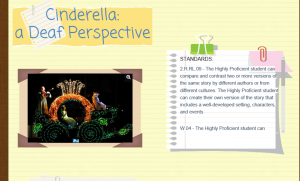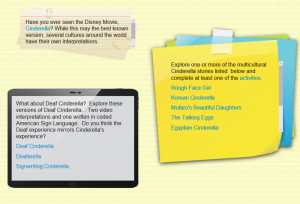A few years ago, I sat through a “welcome to our schools” training for a district where I was recently hired. We were instructed that as teachers for said district, we were to be above reproach. We were to have clean Facebook pages and Twitter accounts. We were not to be seen drinking, smoking, or cursing. If we went to happy hour, which was highly discouraged, we were to go to another town so as not to be recognized and we were to never, ever were out “Named district fun Friday” shirts (which were required and we had to pay for ourselves) into any bar and if in a restaurant, we were to sit no where near the bar and only drink was was clearly a non-alcoholic beverage. Needless to say, I was not an employee there for very long. Now, mind you, I am not a drinker, smoker (I plead the fifth on the cursing) nor do I go out much, at the time, I had a 2 and 3 year old, I had no social life, but to be told that I would sully the reputation of the school if I was seen drinking a beer, on my own time, was too much. This week we were asked to view several videos and I decided to review the video that discussed teacher’s social media pages. In this story, an elementary school teacher in the San Antonio was under fire for her social media account, Pinterest. On her personal account, she posted several e-cards (here is one e-card) which parents who, while doing a web search, found. Parents were concerned and the school was investigating the report. So, where does this leave the teacher?
Jim Rinck, former board member for the Grand Rapids Public Schools questions, “Where does privacy start and stop these days? Better yet, do we have any left? On the other hand, if a teacher is a swinger on the weekends, does that affect how he or she teachers my kids during the week?” Dave Murray, MLive. In this day and age when every phone has a camera and access to the internet, how fair is it to hold teachers to a higher standard. Clearly, I am not a supporter of this notion. I felt the e-cards that the teacher posted were funny. Do I really think that this teacher was serious in her posts, no. Do I think that she had a rough day, week, year and rather than take it out on her class, she let off steam on a social media board to have a few friends laugh with her, yes. But, I am a teacher. So I asked my husband, who (smart man) agreed with me. But I really pressed him, wanting his honest opinion, not the one that I wanted to hear. And he stated that he always knew that he wanted to marry a teacher or a nurse. When I asked him to clarify, he said that he wanted someone who could take care of his children or teach them, things that he was not as skilled at. He looked at me and said, “While I am a smart guy, I am not a teacher, you see things in a way that I do not. You help our kids see things in a way that helps them. Too many people in this world forget that. They assume they can do you job. No one assumes they can do mine.” Playing devil’s advocate, I asked him if this teacher and teachers in general should have only private pages and not ones that are easily accessible. He immediately said, no. Teachers are humans, not super humans. If you want teachers to be above reproach, that status comes with respect and until the world is ready to give it, they are the same as you and me.
While I agree with much of what my husband stated, I also believe that it not reality. I have Facebook, Twitter, Instagram and Snapchat (this one is for my 7 year old and her grandma). I have seperate school and personal accounts. I am mindful of what I post on each. Personal accounts, are just that, personal and I monitor who sees me. But, this video segment and the current political atmosphere clearly worry me. I like these rules posted here as a guideline, not an end all be all. I am not saying that teachers need to be swayed from posting, they need to be aware of reality. I have taken down replies that I have posted simply because I am concerned that a “friend” with an opposing viewpoint will report me to the conservative people who employ me. For example, Kathy Griffin’s recent debacle. I personally do not find her funny and I did not like what she did. Do I think that she is any more complicit that when Ted Nugent called for Obama to be killed or when memes about wanting to “hang” with president Obama (there was a noose in the picture) circulated? No. However, there is a political climate and a social morality climate in the US right now that has my “Danger Will Robinson, Danger” light on. We live in a world where someone else is always to blame, whether it be the politician from the other party or a meme that somehow comes to reflect the entire thought process of an individual and not just where they are at this moment….Social media, fair or not, comes with responsibilities. As a teacher, like it or not, I am subjected to them. Others should be as well. This is a 21st century skill that needs to be taught, just as appropriate commenting. Take a look at Mrs. Yollis‘s blog spot if you have not already (I book marked this one and will adapt and use this year!). I do not think that we will can answer the question of above reproach online until there is a standard of “reproach”…this needs to be taught, it is not innate, not yet.






